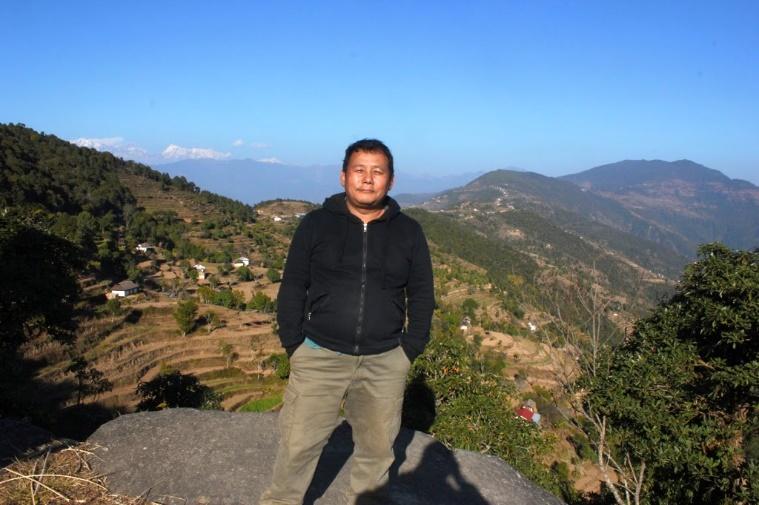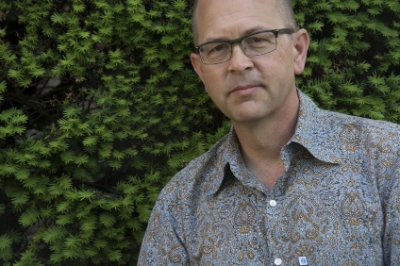
Writing journeys
9 MIN READ

Academics and researchers offer sage advice on how to construct an engaging PowerPoint presentation.

Many people don’t realize the many ways that Powerpoint can hurt a presentation. The tips given here are designed to help you get the most from Powerpoint and avoid some of the downsides.
In many ways, organizing a presentation is similar to organizing an essay. You need a hook at the beginning to engage and pull in readers, an introduction and a roadmap, well-organized body sections with clear examples, and a conclusion or take away section at the end, maybe with a ‘kicker’ as in newspaper articles.
Also, one of the biggest problems in presentations is similar to one of the biggest problems in writing: too much clutter. Too many words in the presentation overall and especially too many words on each slide can kill a presentation. Remember: More is less and less is more.
Too many words on a slide is a problem because audience members will read whatever you put on a slide and stop listening to you. So if you put a lot of words on the slide you are, in effect, saying “please stop listening to me.“ That is a big mistake. You want the audience to listen to every word in your presentation, without distractions.
A final note: when in an audience, you should analyze good presentation skills the same way you analyze good writing when reading a book. Remember what Roy Peter Clark says about how to read: “Read for both form and content. Examine the machinery beneath the text.” It’s the same watching a presentation: examine the machinery that makes a good presentation effective. If you really like something, ask yourself: “How did that person do that?” Conversely, if in a presentation you get bored or confused or sleepy, ask yourself what when wrong. Identify the good points and then practice them.
For more on presentations, in addition to the tips below, see my “Mitho Lekhai” video called “Pro Presentations.”
***

Janak Rai, Tribhuvan University:
I like to watch/read a PowerPoint presentation with:
*

David Citrin, University of Washington, Seattle, USA:
What kills a presentation:
*

Shyam Sharma, State University of New York-Stonybrook, USA:
I think poor use of presentation material kills presentation; it is NOT PowerPoint that kills presentations but rather, how PowerPoint or any material is used. Blaming technology that can aid in presentation only as well as it is used is like blaming the tool (it is blaming the tool). Underprepared presenters also kill presentations.
*

Andrew Nelson, University of North Texas, USA
My general presentation advice:
*

Jim Fisher, Carleton College, Minnesota, USA
The only thing I can think of that kills a presentation is: not getting to it. Don't waste time on preparing the audience, just get the audience in the palm of your hand by plunging into the topic – the audience will follow.
*

Sujeev Shakya, Beed Consulting
*

Mark Leichty, University of Illinois-Chicago, USA
I think the main thing to remember when it comes to using PowerPoint is that (with due respect to Marshall McLuhan): the medium is not the message! That is, the PowerPoint presentation has to be a means to an end, not an end in itself.
*

Geoff Childs, Washington University in St. Louis, USA
What kills a presentation:
*

Kathryn March, Cornell University, Ithaca, New York, USA
Nothing kills a presentation like too much text, especially when the text exactly replicates what you are saying. (The only time when projecting exactly what you are saying is even remotely useful is when you know that your audience has limited English. In those cases, however, I still recommend offering an outline of your text as a printed handout not projecting it.)
If you use a projected presentation, use it to accomplish two (slightly contradictory) objectives:
***

Tom Robertson Tom Robertson, PhD, is an environmental historian who writes about Kathmandu and Nepali history. His Nepali-language video series on writing, 'Mitho Lekhai', is available on Youtube. His most recent article, 'No smoke without fire in Kathmandu’, appeared on March 5 in Nepali Times.


Writing journeys
13 min read
This week on Writing Journeys, the digital editor of Nepali Times reflects on starting out writing and in journalism, and provides insight on how to tell stories through video.
Writing journeys
12 min read
In this edition of Writing Journeys, Tom Robertson shares hisown insights on learning to write well, especially during thislockdown.
Interviews
5 min read
“My writing is like a playground where I want readers to interpret their own meanings, find their own understanding in my words."
Perspectives
8 min read
In the first part of a series, Tim I Gurung, writer, businessman, and former British Gurkha, details his life as Gurkha in Hong Kong.
Writing journeys
9 min read
Academics and researchers offer sage advice on how to construct an engaging PowerPoint presentation.
Writing journeys
14 min read
Raju Syangtan was once afraid of writing. Today, he is a celebrated poet and journalist. His story, on this week’s Writing Journey.
Writing journeys
9 min read
Nepal’s preeminent sociologist, on this week’s Writing Journeys, offers insight into his academic journey, and asks students to read actively and question the text.
Features
10 min read
The Abbot of Tengboche Monastery, Ngawang Tenzin Zangbu, who passed away on Oct 10, was renowned for his commitment to the sacred valley of Khumbu and the Sherpa people